Navy’s F/A-XX Next Generation Fighter Program Would Be Gutted Under Senate Defense Bill
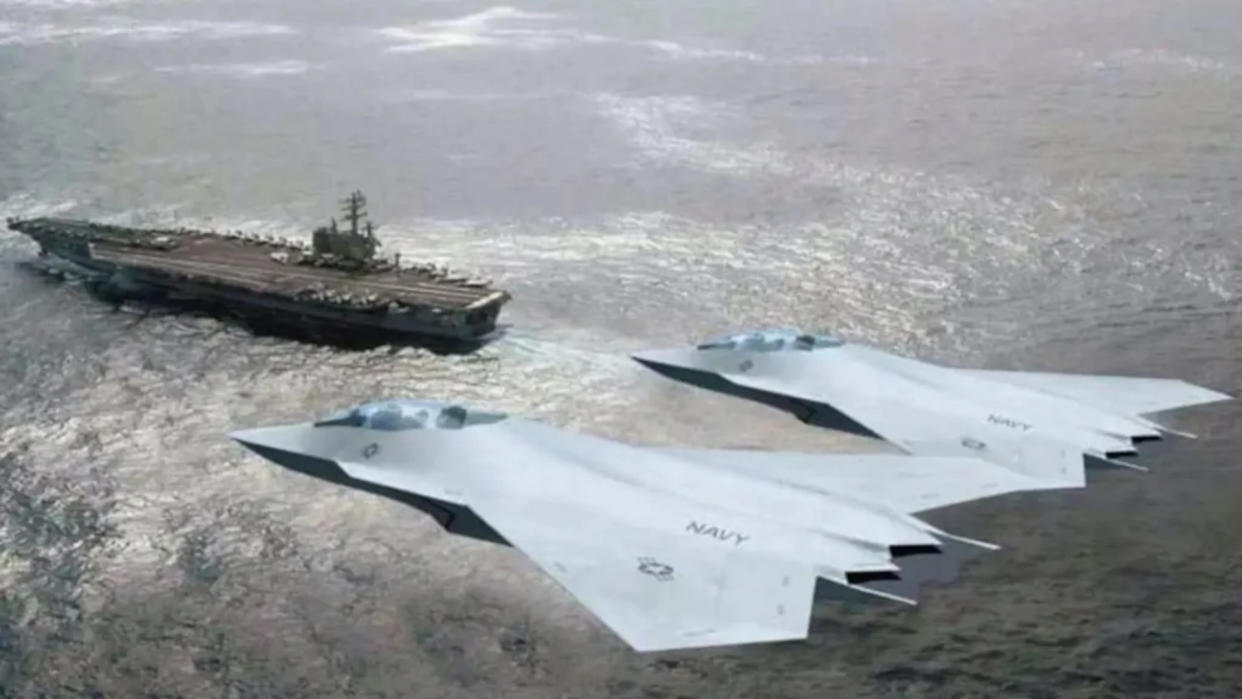
The U.S. Navy’s Next Generation Fighter program could see its budget, which was already set to be truncated, slashed much further in the next fiscal year. Members of the Senate are proposing to give the service nearly 90 percent less funding than it asked for to support continued work on what is more commonly referred to as F/A-XX. This comes amid growing uncertainty about the future of a similar U.S. Air Force program to develop a new crewed sixth-generation stealth combat jet as part of that service’s Next Generation Air Dominance (NGAD) modernization initiative.
A new draft of the annual defense policy bill, or National Defense Authorization Act (NDAA), for the 2025 Fiscal Year that the Senate Armed Services Committee released last week would authorize $53.828 million for the Next Generation Fighter program. The Navy had requested $453.828 million for F/A-XX in the upcoming fiscal cycle, which starts on October 1 of this year. Aviation Week was among the first to spot the massive proposed reduction in funding.
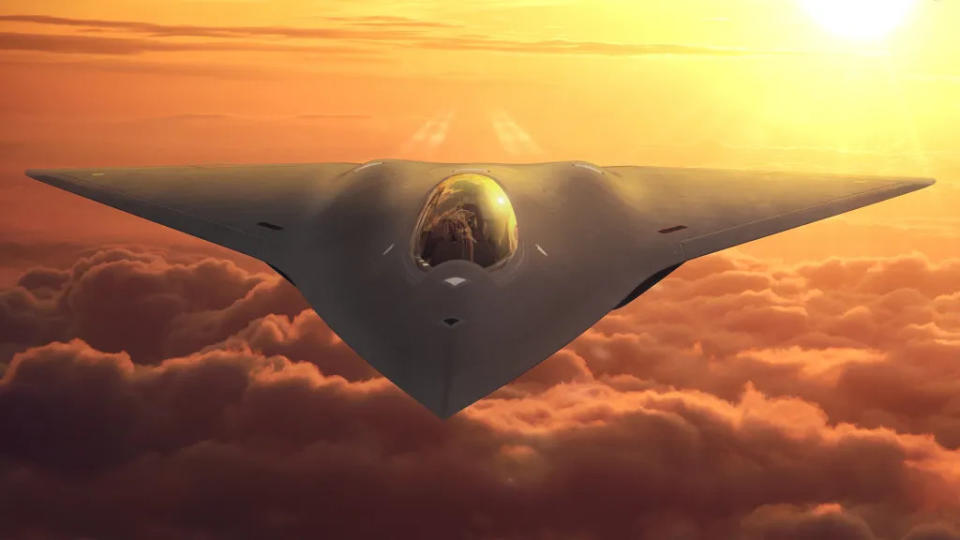
The Navy’s original request for $453.828 million for F/A-XX in Fiscal Year 2025 was already substantially lower than the $1.53 billion it had asked for in its Fiscal Year 2024 budget proposal, as The War Zone had noted earlier this year. The service previously said that this reflected a deliberate decision to focus on other priorities.
“So if you look at F/A-XX, or the other X [next-generation] programs, we knowingly took risks in the schedule for [the] development of those programs in order to prioritize those key investments — whether that’s readiness, or investing in our people, or undersea, to make sure that we make those programs whole,” Under Secretary of the Navy Erik Raven had told reporters ahead of the annual budget rollout in March, according to Defense News.
Navy officials also said back in March that they remained committed to F/A-XX in the long term. The service’s most recent budget request lays out plans to ask for nearly a billion dollars for the program each year from Fiscal Year 2026 through Fiscal Year 2029.
The Next Generation Fighter program, which emerged first publicly as a component of a Special Access Program (SAP) nicknamed Link Plumeria, is highly classified. Details about its status and current projected schedule are limited.
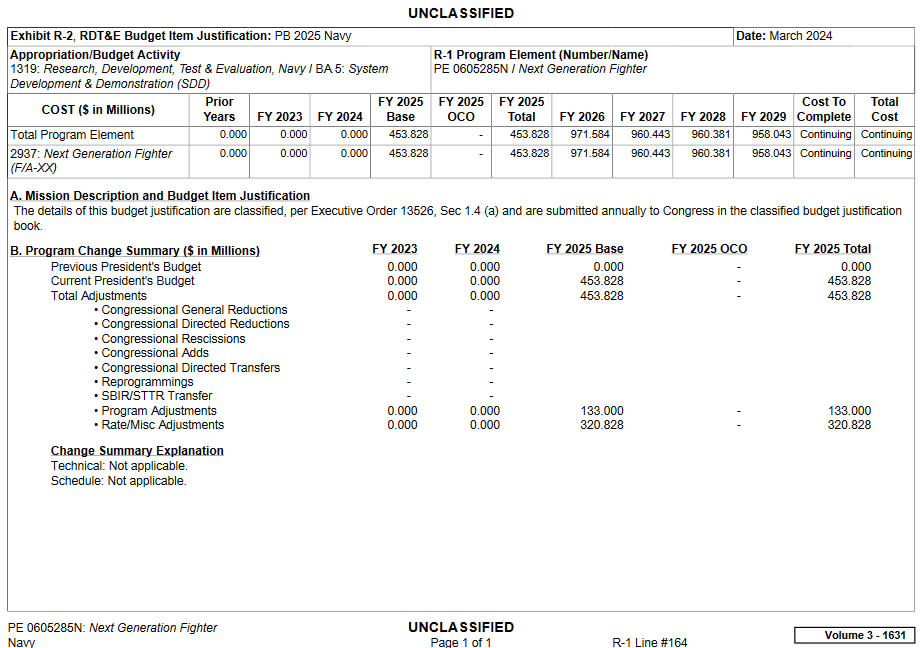
In December 2023, the Navy told Breaking Defense that “F/A-XX has recently completed the Concept Refinement Phase and has entered Design Maturation.” At that time, Boeing, Lockheed Martin, and Northrop Grumman were known to be competing to design the aircraft, while General Electric and Pratt & Whitney were squaring off to provide the engines. Northrop Grumman notably voluntarily withdrew from the Air Force’s NGAD combat jet competition, at least as a prime contractor, last year. The company said it was doing to focus on other opportunities, which was seen as an allusion, in part, to F/A-XX.
As with the Air Force’s NGAD effort, F/A-XX is just one component of a larger ‘system of systems’ that the Navy is pursuing to modernize its air combat capabilities across the board. This also includes work on advanced Collaborative Combat Aircraft (CCA) drones in direct cooperation with the Air Force’s program of the same name. The two services are already taking steps to ensure that control of their respective CCAs can be passed back and forth seamlessly during future operations. Acting as an airborne ‘quarterback’ for uncrewed aircraft has long been one of the expected mission sets for F/A-XX, as well as the Air Force’s NGAD combat jet.
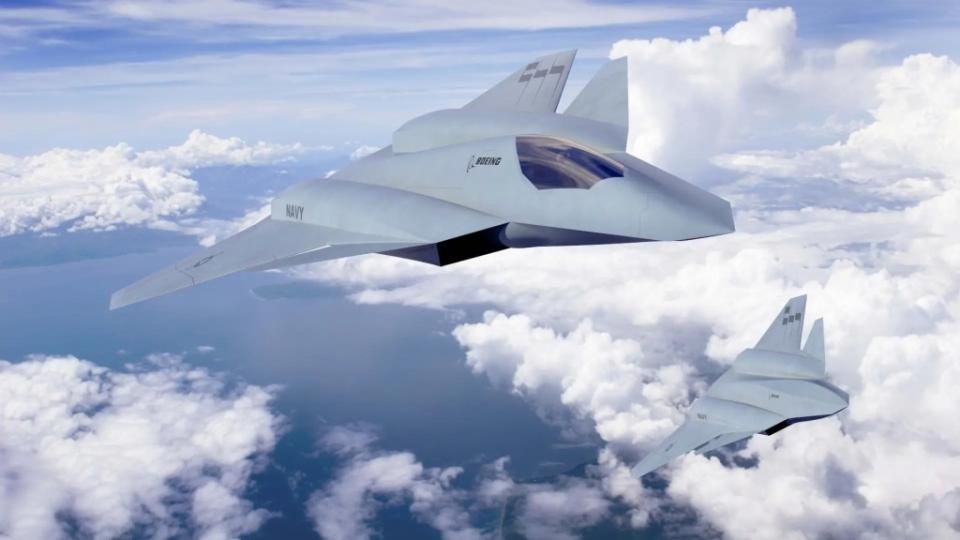
It is important to stress that the Senate’s draft NDAA is likely to evolve further in the coming weeks and months, especially given the need to reconcile with a companion bill making its way through the House of Representatives. Congress would still then have to pass that finalized bill and then the President would need to sign it into law.
Additional funding for F/A-XX could also still come from other sources, especially in the classified realm. At the same time, the proposed gutting of F/A-XX’s budget from the Senate Armed Services Committee can only raise questions about its future, at least in the near term.
As already noted, the Air Force is currently taking a second look at its own NGAD combat jet program with a particular eye toward reducing costs. There has been steady talk from the service’s senior leadership about major budget cuts looming on the horizon.
“The family of systems concept of Next Generation Air Dominance is alive and well,” Secretary of the Air Force Frank Kendall told Defense News in an interview published earlier this month. “I can tell you that we are looking at the NGAD platform design concept to see if it’s the right concept or not. … We’re looking at whether we can do something that’s less expensive and do some trade-offs there.”
Each of the 200 NGAD combat jets the Air Force has said it plans to buy is currently expected to cost around three times the unit price of an F-35, or around $247.5 million based on publicly available data.
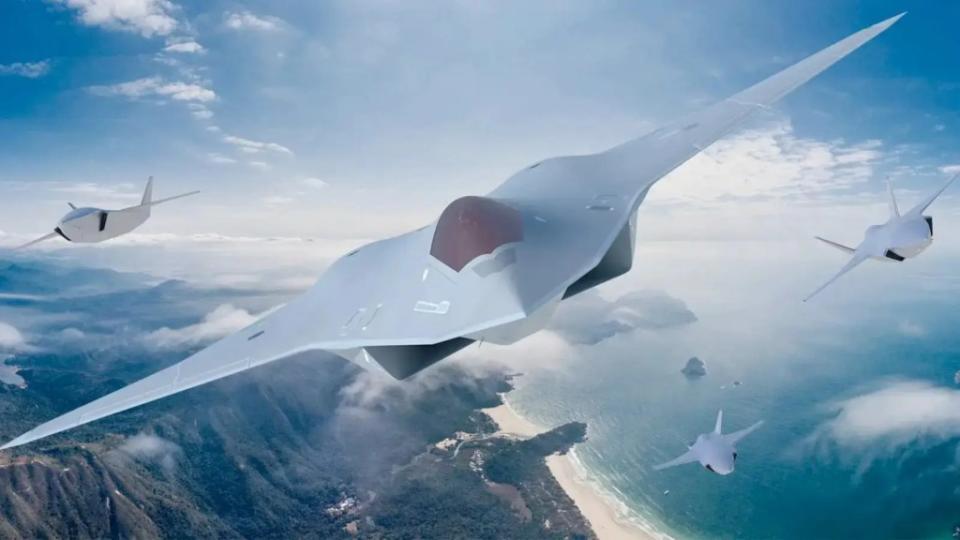
Adding to the murkiness surrounding the Air Force’s current NGAD plans, Gen. Kenneth S. Wilsbach, the head of Air Combat Command declared that there is no current replacement plan for the F-22 Raptor fifth-generation stealth fighter and voiced his opposition to efforts to retire 32 of those jets. The Air Force’s public position had previously been that the NGAD combat jets would supplant the F-22 and the service has been pushing to divest older Raptors for some time now.
A recent report from the Government Accountability Office, a Congressional watchdog, also called the Air Force’s F-22 retirement plans into question, warning they could create operational and other challenges and the need to pay associated costs, as you can read more about here.
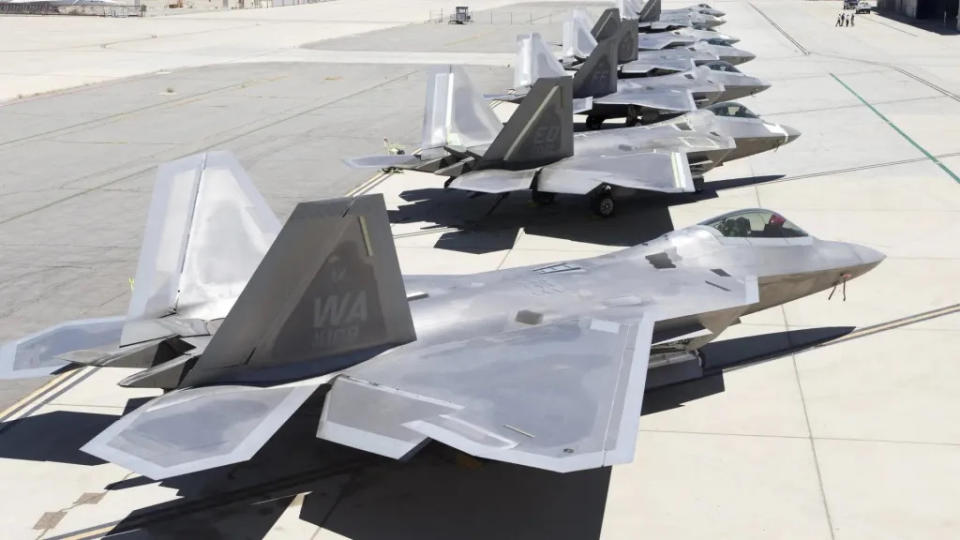
When speaking last week, Gen. Wilsbach did say that the Air Force was still moving toward picking a winning NGAD combat jet design later this year, as well as that his legal team had advised him not to talk too much about the program.
Still, as it stands now, the future of both of the U.S. military advanced combat jet programs is very uncertain.
Contact the author: joe@twz.com

